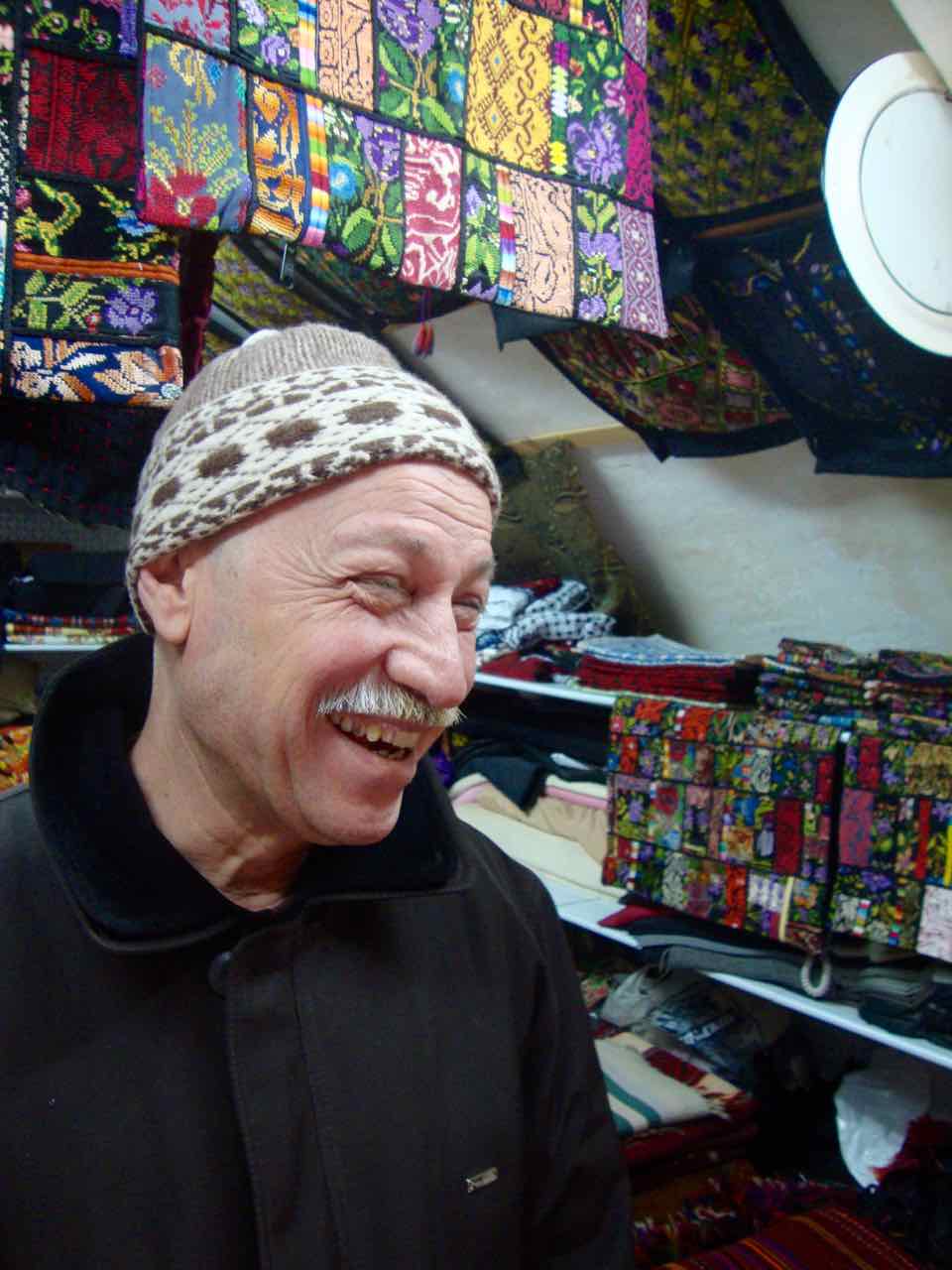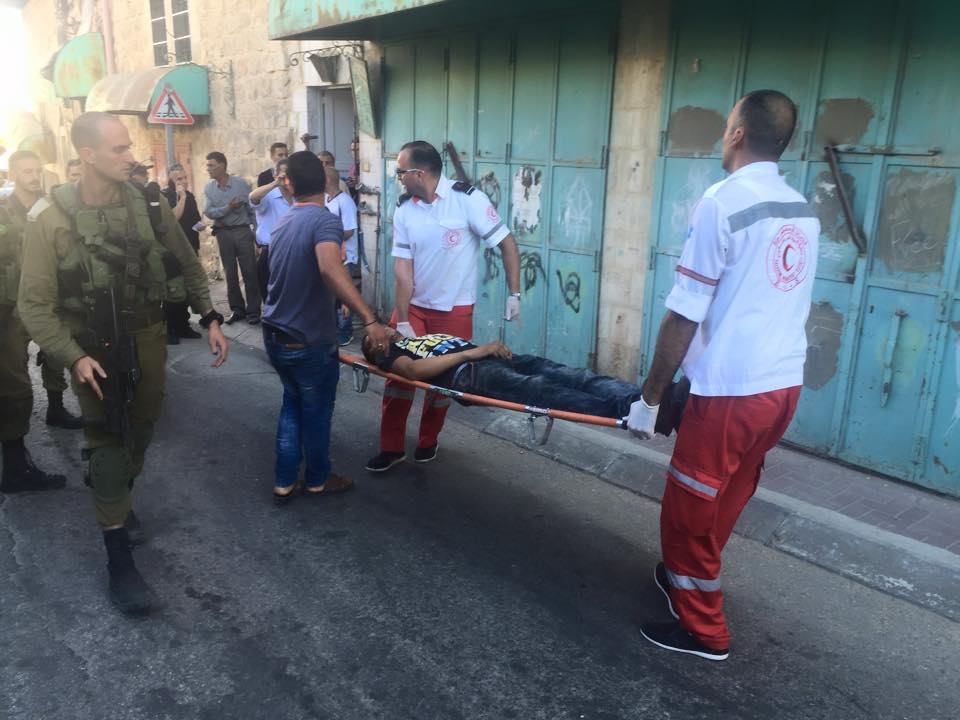Tag: Apartheid
-
Jamal, steadfastness and a death
21st March 2016 | International Solidarity Movement, al-Khalil team | Ni’lin, occupied Palestine Jamal is younger than I am but he doesn’t look it. He is always there, as are all the storekeepers in the souk and he always greets us, as does nearly everybody (walking down the souk when it is open can be…
-
Israel’s silent war on the children of Palestine
29th February 2016| International Solidarity Movement, Al-Khalil team | Hebron, occupied Palestine Fortunately much of the world is now fully aware of Israel’s apartheid wall and the zionist state’s grotesque, illegal occupation of the Palestinian territories that it represents. But few are aware of the endless number of other apartheid structures scattered throughout Palestine with the…
-
Settlers violently attack a Palestinian man on Shuhada-street
5th September 2015 | International Solidarity Movement, Al-Khalil Team | Hebron, occupied Palestine Tonight at around 6 pm a Palestinian man was detained at Daboya checkpoint in Shuhada-Street in Hebron in occupied Palestine. While he was detained a group of young settlers came to the checkpoint and attacked him. The 3 settlers were beating the…



